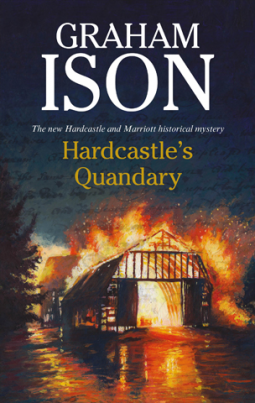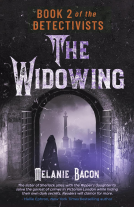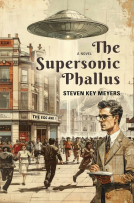
Hardcastle's Quandary
by Graham Ison
This title was previously available on NetGalley and is now archived.
Send NetGalley books directly to your Kindle or Kindle app
1
To read on a Kindle or Kindle app, please add kindle@netgalley.com as an approved email address to receive files in your Amazon account. Click here for step-by-step instructions.
2
Also find your Kindle email address within your Amazon account, and enter it here.
Pub Date Apr 01 2019 | Archive Date Mar 01 2019
Talking about this book? Use #HardcastlesQuandary #NetGalley. More hashtag tips!
Description
Available Editions
| EDITION | Other Format |
| ISBN | 9780727888556 |
| PRICE | $28.99 (USD) |
| PAGES | 208 |
Average rating from 15 members
Featured Reviews
 David P, Reviewer
David P, Reviewer
London, 1927, and Divisional Detective Inspector Ernest Hardcastle is summoned to the office of Chief Constable Frederick Wensley , who has received a letter from a Norfolk parson. The Rev. Percy Stoner is convinced that his nephew Guy has met with misfortune. The former army Captain has disappeared, and when Hardcastle despatches men to visit the business young Stoner had set up with another Great War veteran, they make a chilling discovery.
Hardcastle himself was too old to serve in the war, but for his younger colleagues who knew the Western Front, body parts hold few terrors. The human remains found in the burnt-out premises in Surrey are examined by none other than Sir Bernard Spilsbury and his findings complicate Hardcastle’s case. Is the first body that of Guy Stoner, or is it that of his business partner? And who was the young woman whose butchered remains shared the same ignominious burial place?
Forced to play cherchez-la-femme, the detectives stumble down one blind alley after another, but as they do so they learn a few home truths about the fate of the young men who went to fight in the war-to-end-all-wars, and returned home to find that their birthplace was not the ‘land fit for heroes’ glibly promised by politicians. There is a peacetime army with no place for young officers whose courage was welcome in the trenches, but whose humble upbringing is now seen as an embarrassment as the cigars are lit, and the port passed in the correct direction at mess dinners. Such young men, not all heroes, but men nevertheless, are forced to find civilian employment which is neither honest, decent nor lawful.
Eventually, after an investigation which takes the detectives on many a trip into the provinces and away from their metropolitan stamping grounds, the case is solved, and there is work for the hangman to do, but not before an intervention by the Home Secretary’
Graham Ison is a master story-teller. The Hardcastle books contain no literary flourishes or stylistic tricks – just credible characters, excellent period detail and an engaging plot. Cosy? Perhaps, in the sense that we know how Hardcastle and his officers are going to react to any given situation, and their habits and small prejudices remain unchanged. Comfortable? Only because novels don’t always need to shock or challenge; neither do they always benefit from graphic descriptions of the damage humans can sometimes inflict on one another. Ison credits his readers with having imaginations; he never gilded the lily of English life in the earlier Hardcastle cases which took place during The Great War, and he doesn’t start now, nearly a decade after the final shots were fired. The suffering and trauma of those four terrible years didn’t end at the eleventh hour on that eleventh day; they cast a long and sometimes baleful shadow which frames much of the action of this novel.
Hardcastle’s Quandary is a great read. As well as being a fascinating period police procedural, it is a gently reflective but sharply observant look at England in the 1920s. We sense that Hardcastle, deeply conservative and instinctively opposed to the steady advance of technology, has entered his autumn period. Colleagues like Marriott and Catto tolerate his idiosyncracies and work around the fact that he sometimes appears to be a creature from a bygone age, preserved in his own block of amber. Hardcastle’s quandary? That is for the reader to judge, and it may only be resolved in the final pages.
Readers who liked this book also liked:
James McBride
General Fiction (Adult), Historical Fiction, Literary Fiction
qntm
General Fiction (Adult), Mystery & Thrillers, Sci Fi & Fantasy


















